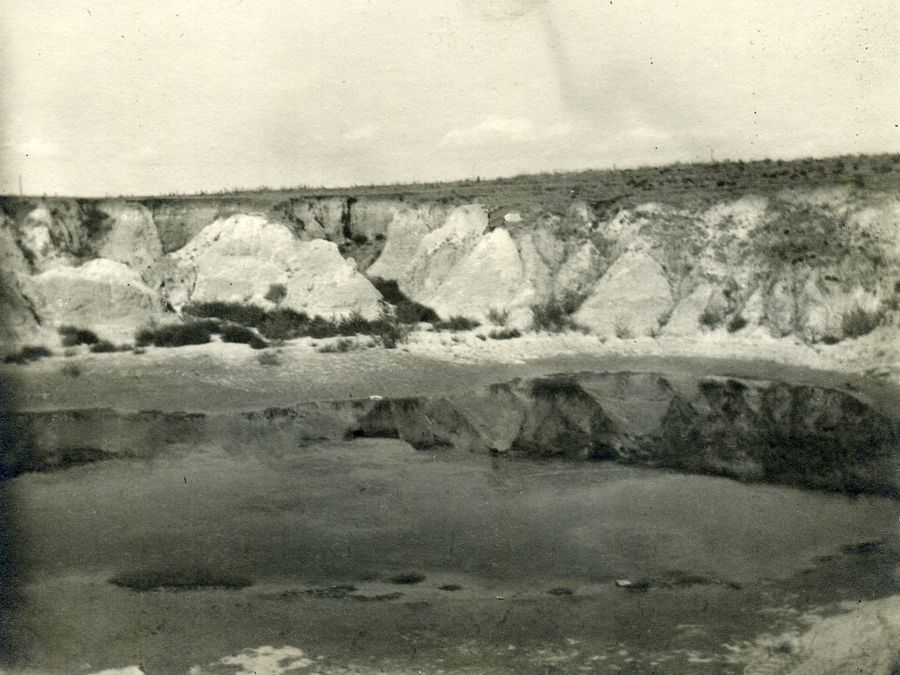By Nancy Ohnick
Reprinted with permission from “Hometown” magazine, Dec. 1989.
Copyright 1989, Ohnick Enterprises
I have derived my information from three sources, an article John Wherle wrote for the Meade Globe-News in 1941, The Meade County History Book, and the E.E. Innis history published in the Globe in 1971.
The salt well is located about two miles south of Meade on land that now belongs to Harold Clay. Dubbed a “natural curiosity,” it just appeared on day in March of 1879. Prof. Johnson of the U.S. Geological Dept. pronounced it a sinkhole, which had penetrated a bed of salt and filled up with water, probably from the sheet water.
Keep in mind, this is before Meade ever existed. Meade Center, as it was first known, wasn’t settled until the early 1880’s and incorporated in 1885.
The Jones and Plummer trail was the main route of travel between Fort Dodge and Fort Elliott and this trail passed about a mile east of the present site of Meade, extended south for several miles and then branched westward. It was the custom of freighters to camp on Spring Creek the second night out of Fort Dodge, and to reach this favorite camping ground they would branch off from the main trail a mile or so south of the present site of Meade, and angle across the prairie to Spring Creek, and a well-defined trail was thus established. (If you have ever visited the Big Springs Ranch southwest of Meade and walked along spring creek, you know why this camping spot would have been worth going out of their way for.)
On March 16, 1879, a Mexican freighter passed along this trail, and camped on Spring Creek. All was as usual at that time but on March 19, an American freighter, probably returning from Fort Elliott, discovered a huge cave-in on this branch trail. One side of the trail was left intact while the other side had disappeared. He proceeded to Fort Dodge and reported his strange discovery. Many persons came from dodge and elsewhere to view this work of nature. The theory has been that salt under the area had been washed out by underground water and that the weight of the freight wagons passing over had weakened the over lying soil structure until the cave-in occurred.
Among the stories about the well concerning its depth is that Captain Wirth let down six hundred feet of rope without finding bottom. In May 1879, J.R. Colgan took careful measurement of the depth and found that from the top of the bank to the water was nineteen feet and the water at the deepest place measured twenty-three feet. At that time the cavity was almost exactly circular and was, in the judgment of Mr. Colgan, about seventy-five feet in diameter. In an account reported in 1916, the hole measured 200 feet in diameter, the enlargement reportedly caused by the caving in of the banks.
In September 1879, George B. Allen secured one gallon of water from the well, which, evaporated by boiling, produced one quart of salt. In the spring of 1880, William Sturgis commercialized the salt well in the manufacture of “Meade County Solar Salt.” The water was pumped from the well by windmill into a vat, where it was evaporated by boiling; however, this method did not prove a success as the salt obtained had a dirty, rusty appearance. This plan of evaporation was quickly abandoned and the water was allowed to evaporate by the sun’s rays, and by this method a good quality of clean salt was secured. This salt was placed in 50 lb. Bags and sold at the plant for $1.00 per cwt. Twenty-two vats, each measuring twelve by sixteen feet, were used and about 2,000 to 2,500 pounds of salt were produced daily. A gallon of water produced a pint of salt.
Operation of the plant extended over a period of about two years, and then operation was suspended for the reason that the quantity of salt derived from a given volume of water decreased until the enterprise was unprofitable. The lumber from the vats was later used in building a barn on the Peter Blair farm northeast of Meade.
The salt well was a favorite place for bathers until well after the turn of the century. Old timers told of swimming at the well in the early 1900’s and the water was so salty they would not sink. In 1916 the water was tested and revealed no salt.
You can imagine what an oasis this would have been on a hot summers day on the prairie. The two old photos we found show evidence of the popularity of the place; the young lady is obviously sitting on a diving g board and in the other photo three swimmers are creating ripples out in the center of the well. The recent picture was taken last year (1988). Harold Clay told us that the drought of recent years had caused the hole to dry up but it has water in it again this year. (editor’s note: the more recent photo and the one with the swimmers are missing.)
In Mr. Wherle’s report of 1941 he remarked, “In recent years a number of depressions in the earth’s surface in proximity to the well leads to the presumption that in the not too distant future a recurrence of this phenomena may be repeated.” Harold tells of a big crack that appeared back in the 1930’s that ran north from the well to what is now Danny Sneath’s place. It soon filled up with blow dirt so abundant at that time. Since then his son, Lance, while plowing terraces just north of the well site during the 1950’s lost a tractor wheel in a sudden sink hole, and Sneaths have experienced depressions in recent years. Harold’s theory is that there is some kind of fault running through the area and says, “it’s kind of scary sometimes.”




